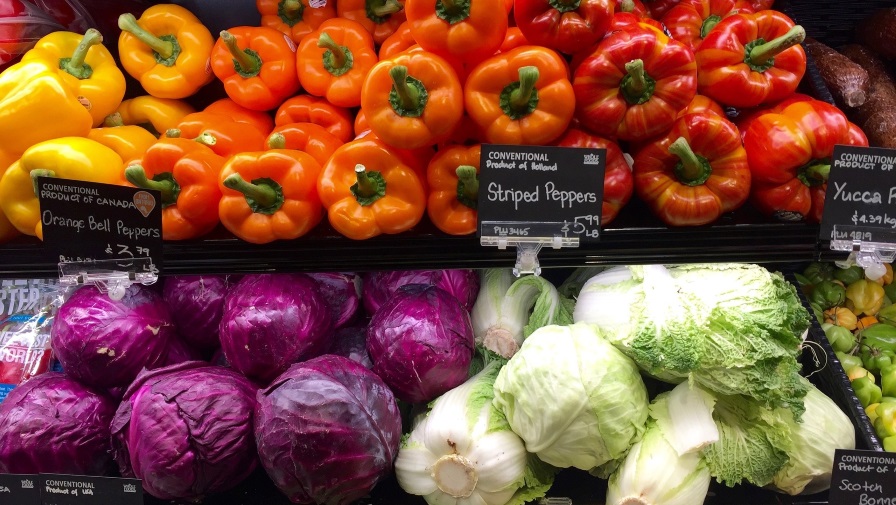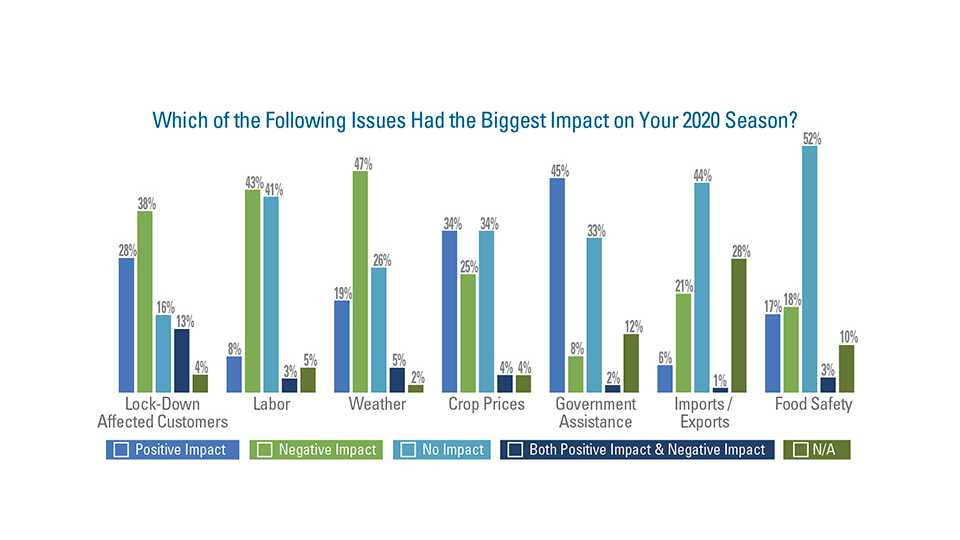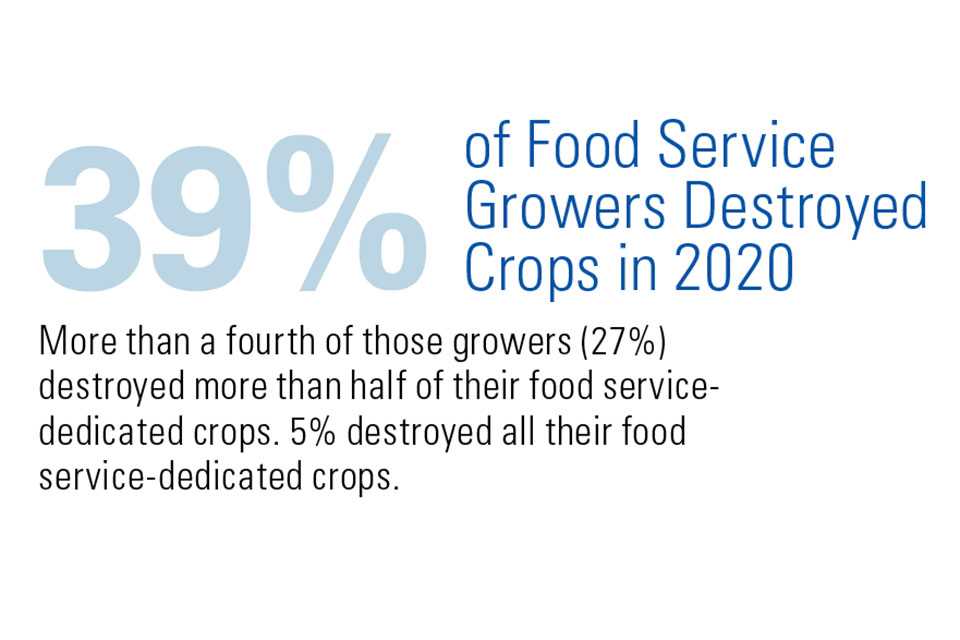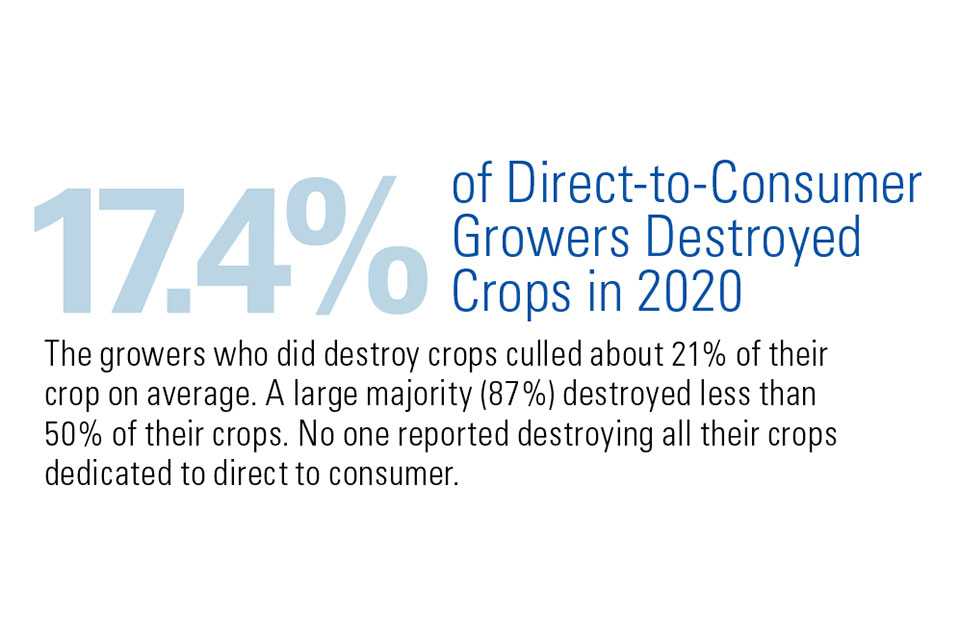What Lies Ahead for Vegetable Growers in 2021?
When much of the country began shutting down restaurants and in-person schools in 2020, the vegetable industry faced unprecedented change.
While restaurants’ demand for vegetables plummeted, grocery stores asked its produce suppliers to ship more than they had available. Now that the end of the pandemic is in reach, how are vegetable operation owners adapting their strategies?
We at American Vegetable Grower knew everyone in the vegetable industry needed to know how the pandemic impacted growers and their 2021 plans. With the advice of several researchers from prominent ag universities, we developed a two-part study.
In upcoming feature articles, you’ll see the highlights of what we learned in the first phase, a survey. Almost 550 responded, sharing how they changed — or did not change — their production and business strategies.
28% Say the Lock Down Increased Business
We had three main sections to our survey, based on which customers crops were destined for. One question we asked all growers was to tell us which 2020 issues were the biggest ones for them.
The result was a great deal more complex than you’d think.
Note that more than a fourth of growers reported lock-down affected customers was a positive for them. Another 13% say it was both a positive and a negative experience for them. No other issue garnered more than 6% of growers saying the same.
“Retail business was better than usual but of course our processing /food service channels were significantly affected,” one grower commented. (To protect growers’ privacy, all grower comments will be anonymous.)
More vegetable growers say they had more negative fallout from two other issues than pandemic-affected customers: Labor and weather. These two issues top biggest challenges lists in normal years. As with everything this year, growers feed faced the unexpected even with these two well-known categories.

American Vegetable Grower’s GROW STRONGER initiative brings you positive stories from progressive growers filled with innovative solutions to help you grow a stronger future.
Some say their labor prices increased, especially with all the COVID-19 protections they added. Increased crop prices helped offset those costs, however. Others found a richer labor pool, since so many lost their jobs when previous employees closed their doors.
As you would expect, very few growers (16%) say there was no impact on their farm due to issues related to lock-down-affected customers. The percent of growers saying the same for the other issues ranged from 26% to 52%.
As for those selling to restaurants? It was a rough year.
“Restaurant sales account for a third of our sales for the year. We lost at least 90%,” one grower says.
Crop Prices Increased for Most Growers
As mentioned earlier, 2020 vegetable crop prices on the whole were up. Naturally, who you sold your crops to made a big difference. Crops sold to grocery stores and directly to consumers saw extraordinary increases. A whopping 55% of growers report their direct-to-consumer crop prices increased, with 18% increasing by more than 10%. More than 40% of retail growers say their prices rose in 2020.
Contrast those impressive numbers to growers selling to food service. Only 18% saw an increase, with a mere 4% increasing by more than 10%. A full 82% of food service growers say their prices were either flat or down. Of those, 22% say prices were down by more than 10%.













